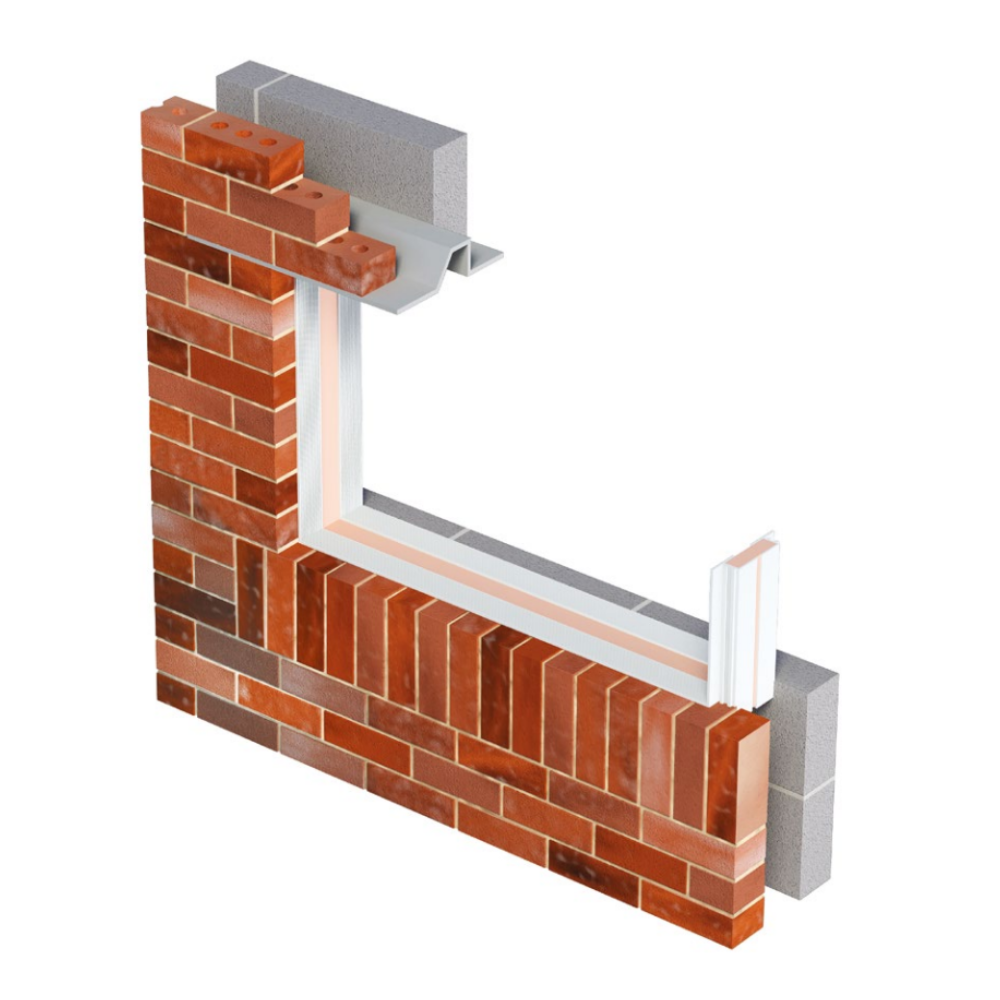Thermal insulation is a critical component in maintaining energy efficiency and comfort in buildings, vehicles, and various industrial processes. In this article, we will explore the principles and mechanisms that govern thermal insulation.
Conduction: The Primary Mode of Heat Transfer
Heat transfer occurs through three primary modes: conduction, convection, and radiation. Of these, conduction is the dominant mode responsible for heat loss or gain through solid materials. Pop over to this site if you want to get more information about thermal insulation.

Image Source: Google
Insulation Materials: Slowing Down Heat Transfer
Thermal insulation materials are designed to reduce the rate of heat transfer through conduction, convection, and radiation. However, conduction is the primary mode that insulation materials target.
Understanding Thermal Conductivity
Thermal conductivity is a measure of how well a material conducts heat. It is defined as the amount of heat energy that passes through a material per unit area, per unit thickness, and unit temperature difference.
Air Trapped in Insulation: The Power of Air Pockets
Air is a poor conductor of heat, making it an effective insulating material. Many insulation materials, such as fiberglass and mineral wool, incorporate air pockets within their structure to enhance their insulating properties.
Types of Insulation: Batt, Loose-Fill, and Foam
Insulation materials come in various forms, including batts, loose-fill, and foam. Batts are rigid panels or blankets made from materials like fiberglass or mineral wool.
Conclusion
Thermal insulation plays a crucial role in reducing energy consumption and maintaining comfortable indoor environments. By understanding the science behind thermal insulation, we can make informed choices about the materials and techniques used to improve energy efficiency in various applications.